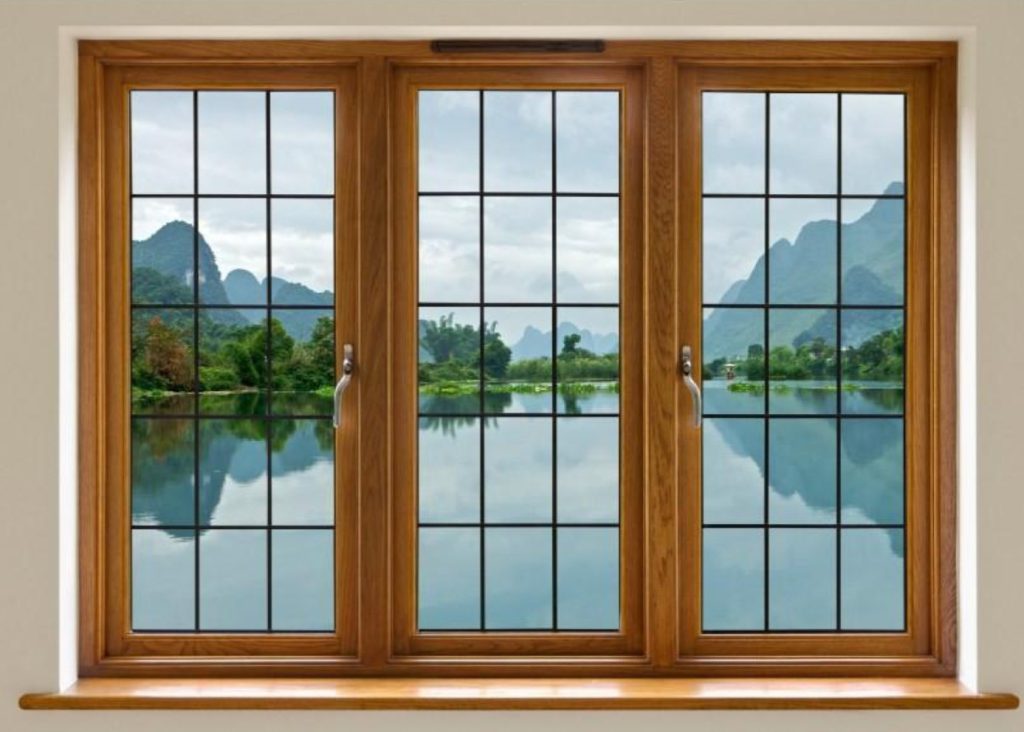Windows and doors are essential components of any building, and they play a vital role in providing security, insulation, and aesthetic appeal to a property. When it comes to choosing the right windows and doors for your home, there are a variety of materials to consider. Each material comes with its own set of pros and cons, and it’s important to weigh them carefully before making a decision.
In this article, we’ll take a closer look at the different types of window and door materials available on the market and their respective pros and cons.
1. Wood

Wood has been a popular choice for windows and doors for centuries, and for good reason. It’s a natural insulator and provides excellent thermal performance, making it an energy-efficient choice. It’s also durable, easy to repair, and adds a warm, natural look to any home.
Pros:
- Good insulation and energy efficiency
- Durable and easy to repair
- Aesthetically pleasing
Cons:
- High maintenance requirements
- Vulnerable to rot and decay
- Expensive compared to other materials
2. Vinyl

Vinyl is a popular material for windows and doors due to its affordability and low maintenance requirements. It’s made from polyvinyl chloride (PVC), which makes it highly resistant to moisture, rot, and decay. It’s also a good insulator and comes in a variety of colors and finishes.
Pros:
- Low maintenance requirements
- Affordable
- Moisture-resistant
Cons:
- Limited color options
- Not as durable as other materials
- Can warp in extreme temperatures
3. Fiberglass

Fiberglass is a relatively new material in the world of windows and doors, but it’s quickly gaining popularity. It’s made from strands of glass that are woven together and coated in resin, making it strong, durable, and energy-efficient. It also requires very little maintenance.
Pros:
- Strong and durable
- Energy-efficient
- Low maintenance requirements
Cons:
- Expensive compared to other materials
- Limited color options
- Can crack if exposed to extreme temperatures
4. Aluminum

Aluminum is a popular choice for commercial buildings due to its strength and durability. It’s also lightweight and resistant to corrosion, making it ideal for coastal regions. However, it’s not as energy-efficient as other materials, and it’s prone to condensation.
Pros:
- Strong and durable
- Lightweight
- Resistant to corrosion
Cons:
- Not very energy-efficient
- Prone to condensation
- Limited color options
5. Composite

Composite materials are a blend of different materials, such as wood fibers and plastic. They offer the best of both worlds, combining the durability of wood with the low maintenance requirements of vinyl. They’re also energy-efficient and come in a variety of finishes.
Pros:
- Durable
- Low maintenance requirements
- Energy-efficient
Cons:
- Limited color options
- More expensive than vinyl
- Can be prone to warping
Conclusion
Choosing the right material for your windows and doors can be a daunting task, but understanding the pros and cons of each option can make the decision-making process easier. Wood is a classic choice for its insulation and aesthetic appeal, but it requires high maintenance. Vinyl is an affordable and low-maintenance option but can lack durability. Fiberglass offers strength, durability, and energy efficiency, but it can be expensive. Aluminum is a strong and lightweight choice, but it’s not as energy-efficient as other materials. Composite materials offer the best of both worlds, but they can be more expensive and prone to warping.
Ultimately, the choice of material depends on your specific needs and preferences, as well as your budget.
